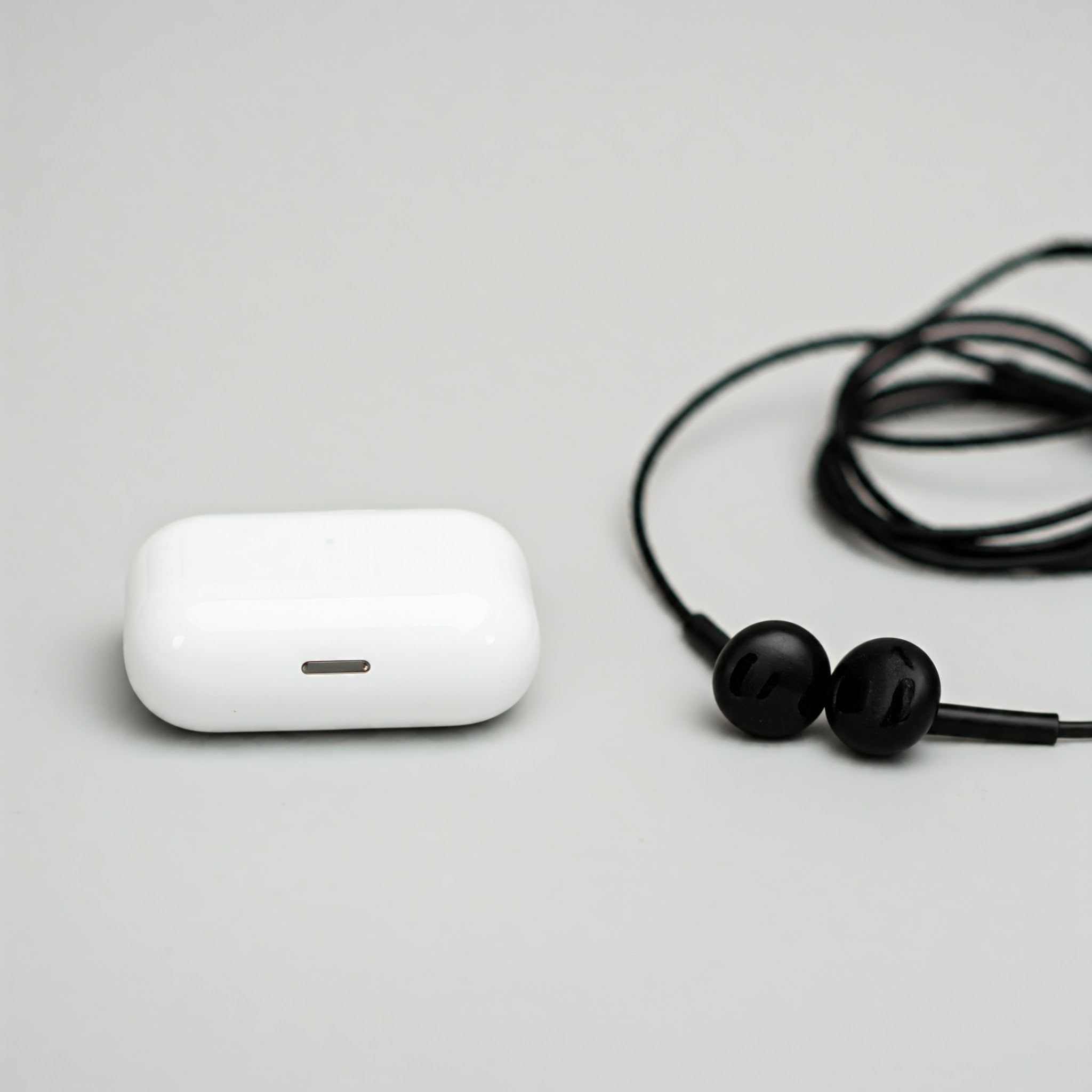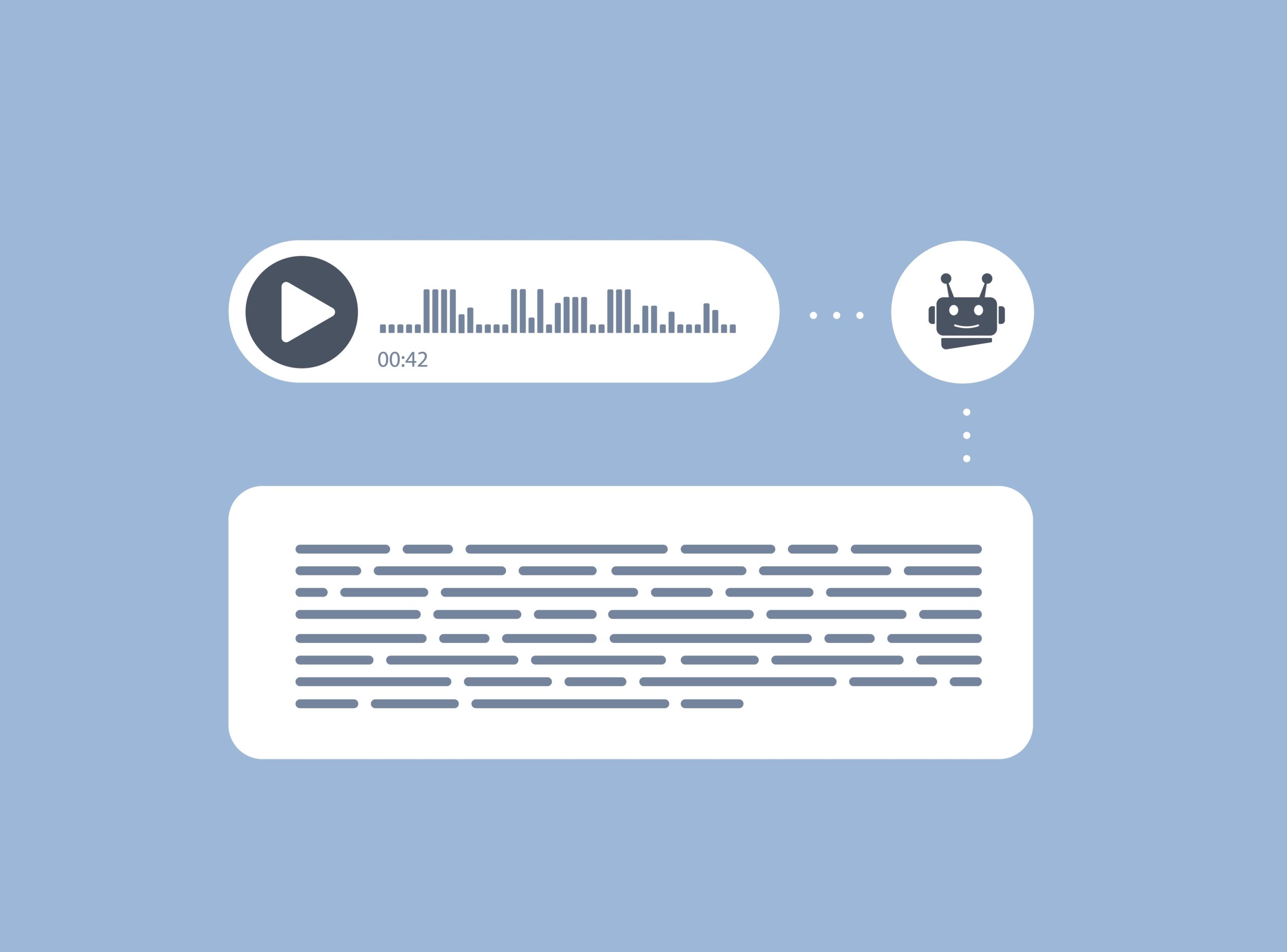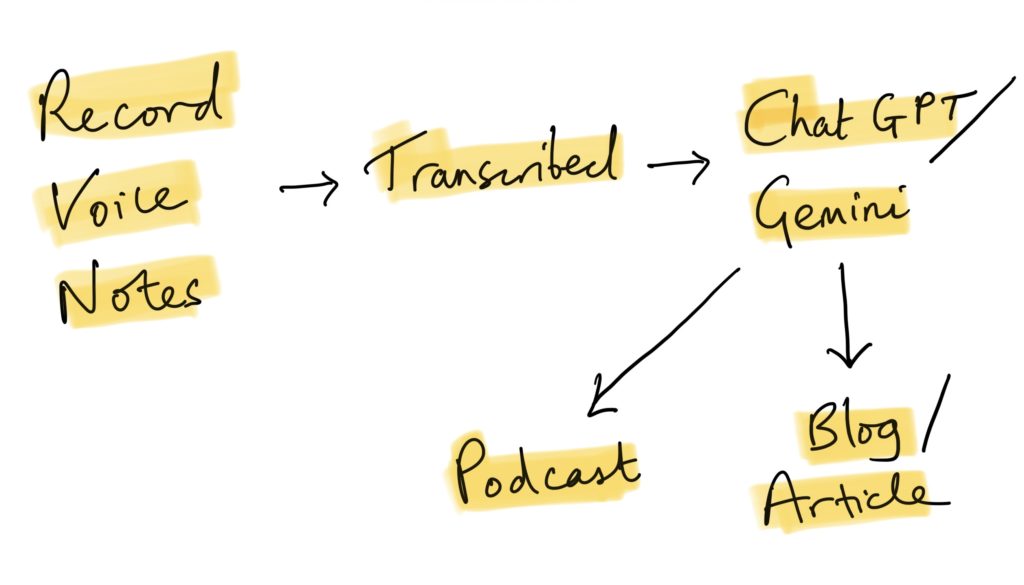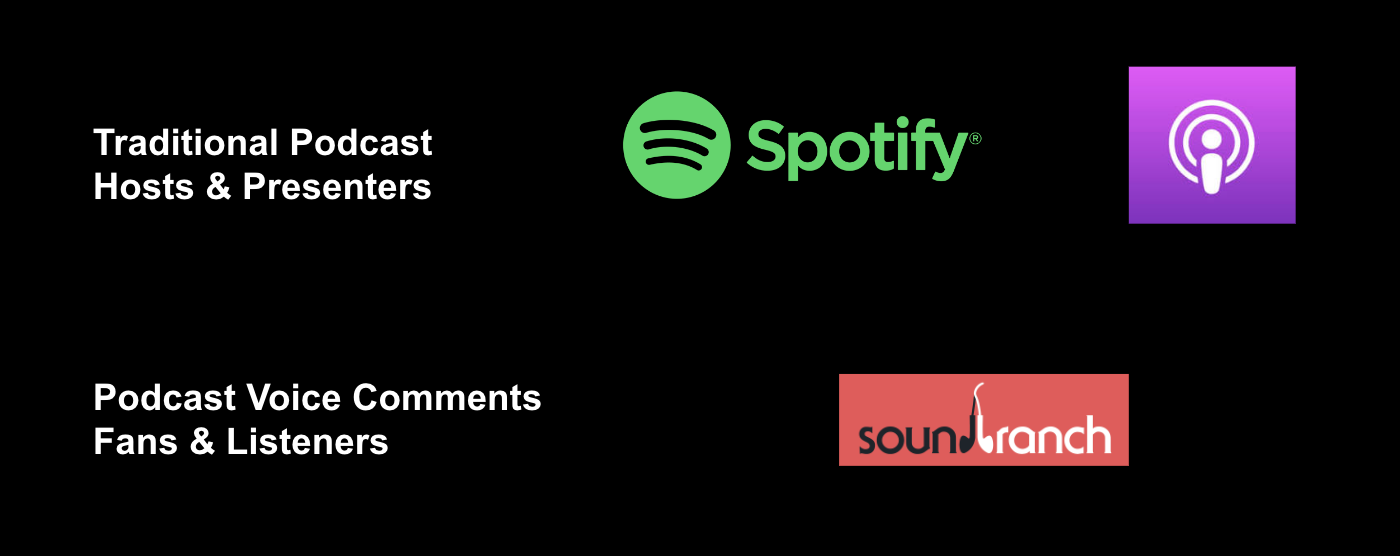We’ve got a lot of podcasts already, right? Over 4 million globally as of 2024. But what if we doubled that number? Not by creating more of the same—more hosts, more guests, more of the traditional “podcast formula”—but by flipping the model. Think about this: for every podcast episode, there’s a fans podcast. It’s not just a place for listeners to hang out; it’s an extension of the original show where listeners contribute their own reflections, ideas, and thoughts.
Here’s how it works: you keep your original podcast on platforms like Apple Podcasts and Spotify, as usual. You record your live show with a guest, a topic, the works. But once that episode is out there, you invite your listeners to keep the conversation going. They hop onto their version of the episode—their fans podcast. They can leave voice notes, discuss, and expand on what you and your guest talked about. It’s like the comments section of a blog but so much more alive because it’s all voices.
You don’t just leave it as a free-for-all either. You, as the podcast producer, curate these fan voice notes, pulling together the best reflections and merging them into a “fans episode.” What you end up with is a professionally edited, community-driven episode that sits alongside your main content. Essentially, every episode of your podcast now has a second life through the eyes—or voices—of your listeners.
So why would this idea double the number of podcasts in the world? Two words: engagement and feedback. For every podcast you already listen to, there’s now a place for listeners to chime in, to voice their opinions. It’s bottom-up instead of top-down. You’re no longer just pushing content out into the void; you’re creating an interactive, evolving conversation. The fans podcast becomes a playground for new ideas. And guess what? Future episode topics could even come from these discussions. It’s a feedback loop that keeps on giving.
And this isn’t just for fun. There’s real value in this for the podcast creators. Through these fans podcasts, you’re gathering data. You’re learning what resonates with your audience, what falls flat, and what they want to hear more of. This insight is gold for planning future episodes, but it also opens the door to more targeted sponsorships and advertising. With platforms like Sound Branch, it’s easy to set this up. Simply create your own URL—yourpodcast.soundbranch.com—and at the end of each episode, invite listeners to join the conversation.
Now, imagine having this ecosystem around every podcast out there today. The number of podcasts effectively doubles, and podcasting becomes more sustainable and interactive. Everyone gets a voice. Everyone becomes part of the story. And that’s how we change the game.



